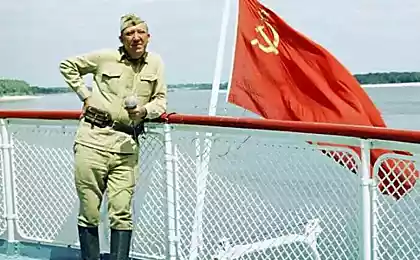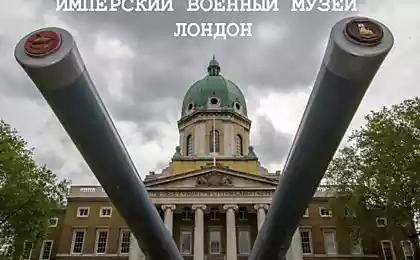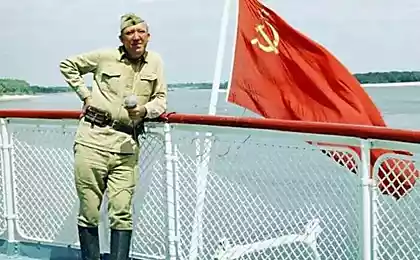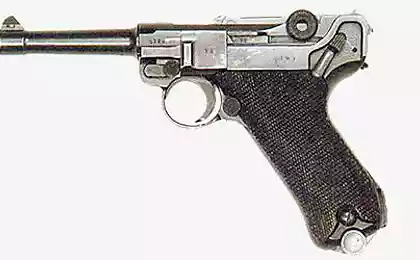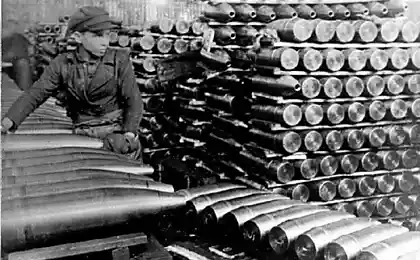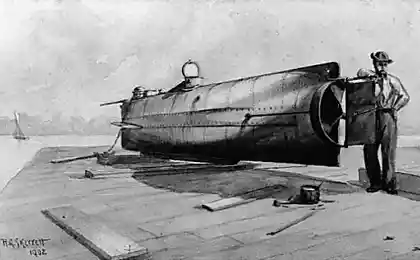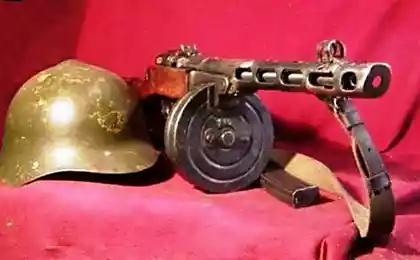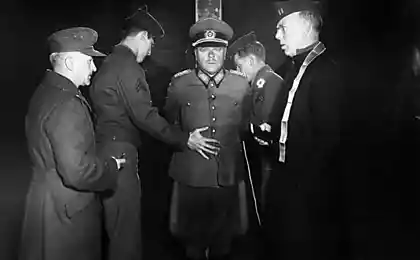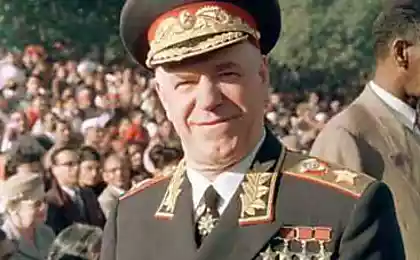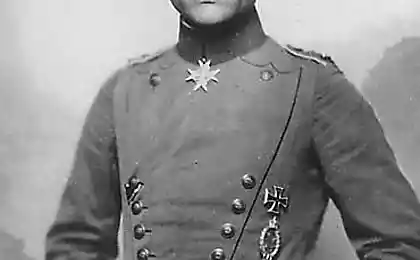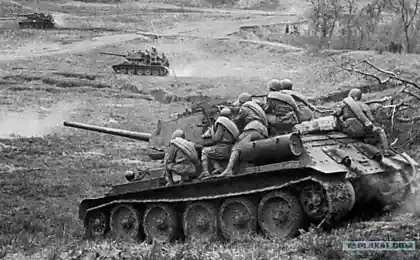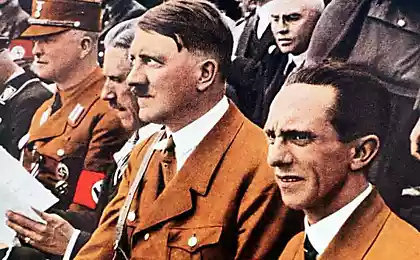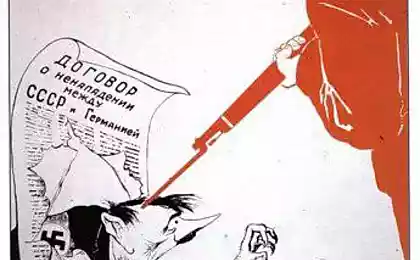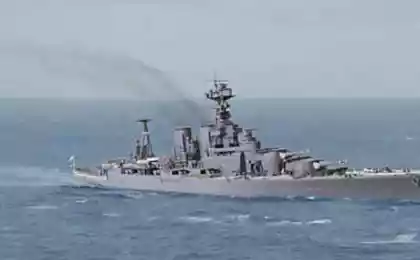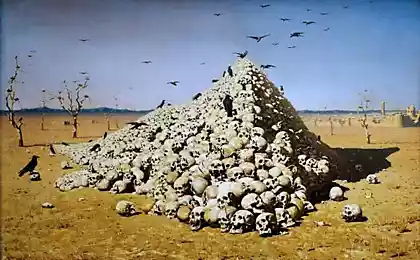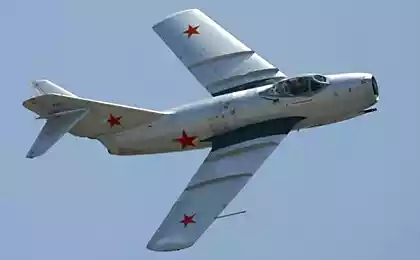6724
Photos of the First World War
This war has forever changed the way of fighting. Previously unpublished photographs from the archives of the British, French and Germans will be exhibited in Milan from March 1 to April 18, 2014. The main objective of the exhibition - to pay tribute to the talented chroniclers anonymous and military events that changed the world forever.
Technical progress during the First World War is unparalleled in history. The First World War has become a laboratory for testing new methods of warfare and new weapons. It is, in fact, became the last war, and where the ancient, medieval technology can be found on the battlefield, and where they were forced to compete with the latest developments. It was there, in the trenches and on the front lines of the First World War, the world has entered an era of rapid technological breakthrough in the field of armaments.
But, in 1914, was still not so obvious, and the soldiers were under the form of similarity medieval chain mail, which was supposed to protect them from bullets and artillery fire. In the first battles participated soldiers dressed in colorful uniforms surrounded by the cavalry of the nineteenth century. At the end of the war the troops were equipped with camouflage uniforms and helmets, troops advanced behind the tanks, with air support. Archive Mary Evans, author unknown, 1914-1918

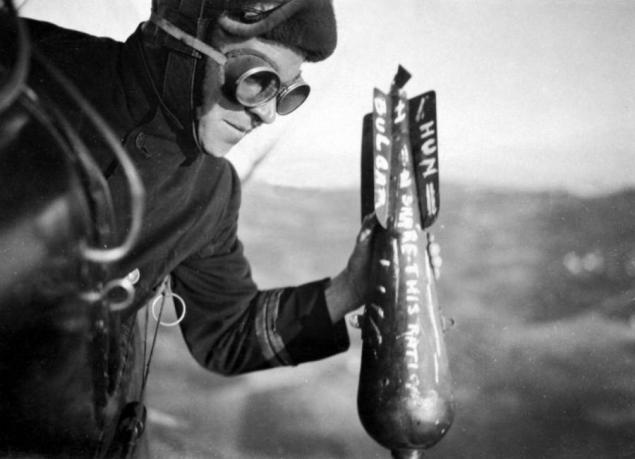
British pilot manually takes off a bomb on the enemy during a mission on the Western Front. Habit of writing messages on bombs appeared during the First World War and survived to this day. Archive Top Foto, author unknown, 1914-1918
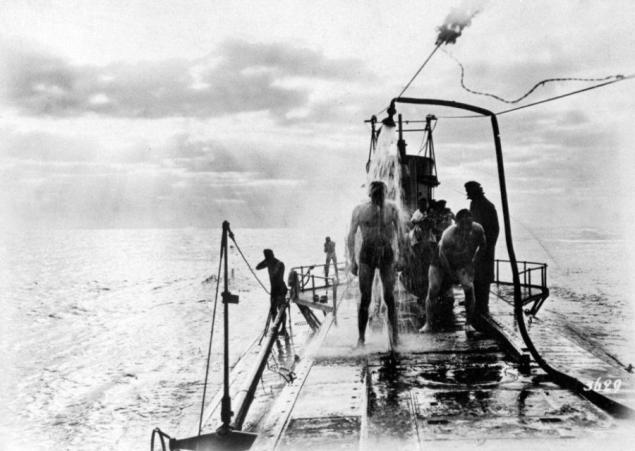
The crew of a German submarine U-35 takes a shower on deck during the summer heat in the Mediterranean. The use of submarines has become one of the most important technological innovations during the First World War. Archive Scherl / Suddeutsche Zeitung author unknown 1917
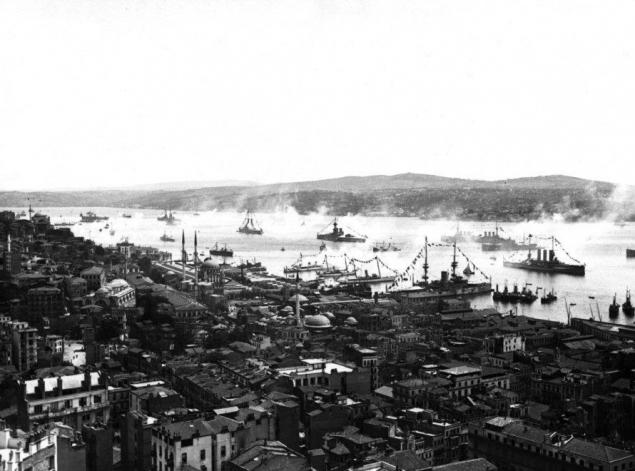
Volleys of fireworks from the ships of the allied fleet was given to prevent the Turkish population of the friendly intentions, during the passage of the Bosphorus Strait. Archive Mary Evans, author unknown, 1918
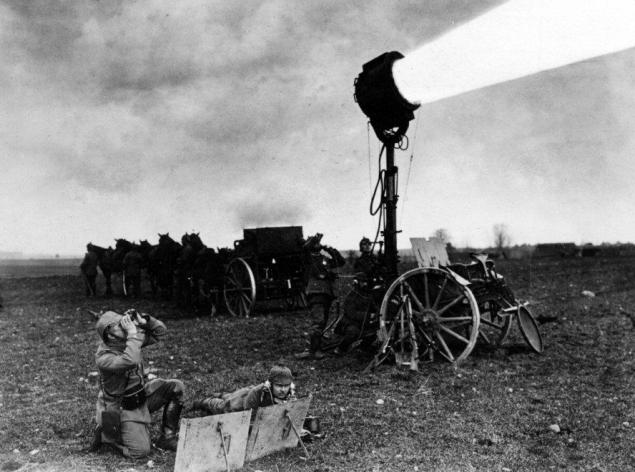
Spotlight is used to protect against enemy attacks on the Western Front. Archive Scherl / Süddeutsche Zeitung, author unknown, 1914-1918
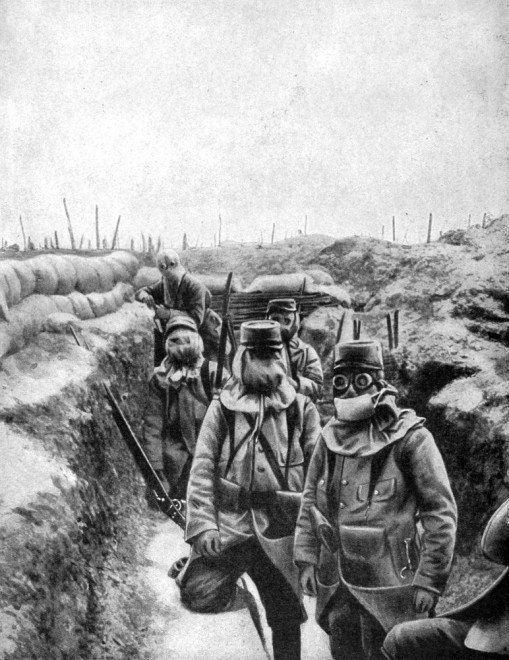
French soldiers in the trenches in makeshift masks. Masks developed, manufactured and distributed to the troops only when it became clear that Germany makes extensive use of poison gas on the battlefield. Archive Heritage, author unknown, 1915
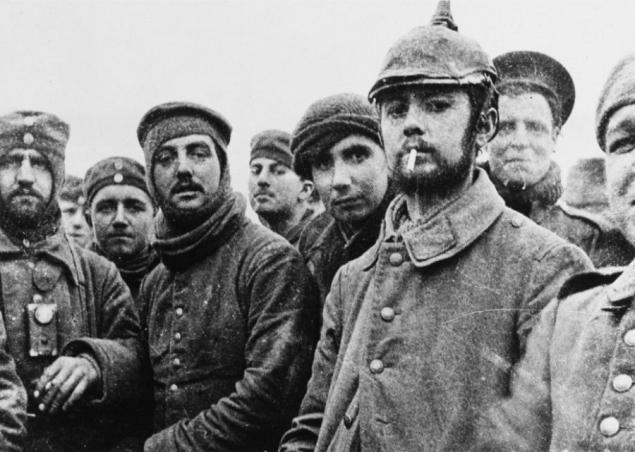
British and German officers in the "neutral zone" on Christmas Eve 1914 after the armistice. Such incidents were suppressed higher command. In 1917, there were numerous in Furano riots and rebellion in the ranks of the troops of the Entente. French courts convicted of mutiny 23,395 soldiers. Four were sentenced to death, 50 of them were shot, others were sent to forced labor in the colonies. Archive Mary Evans, author unknown, December 25, 1914
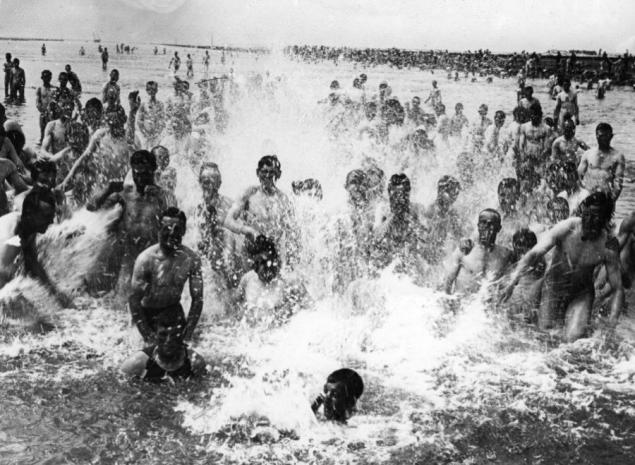
British soldiers bathed in Etaples, in the French rear, in between battles. Due to numerous rebellions within the French and British armies, soldiers were given better living conditions. Archive Top Foto, author unknown, France, June 1917
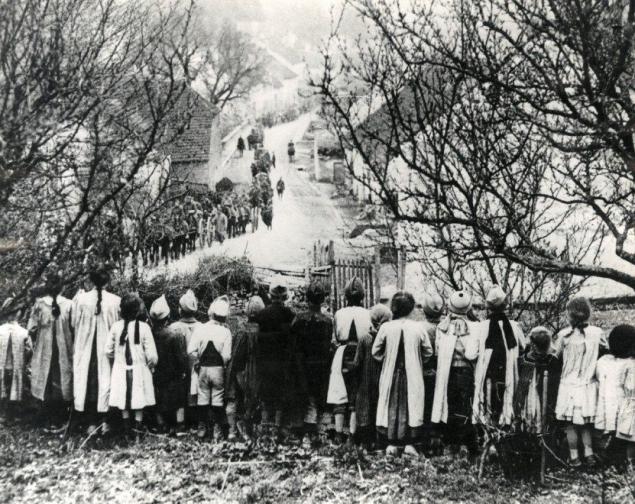
Children watch the passage of American troops of the 101st companies that carry ammunition through Soulosse-sous-Saint-Elophe in the northeast of France on the Western Front. Archive Mary Evans, author unknown, April 10, 1918
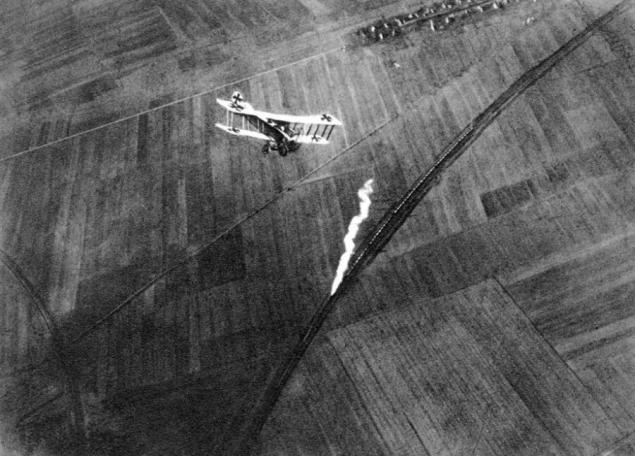
Military aircraft were first used during the First World War. Many pilots were aristocrats and adhere to the Code of knightly honor. The picture shows a German aircraft bombed French train loaded with ammunition at Verdun on the Western Front. Archive Rue Des Archives, author unknown, 1916
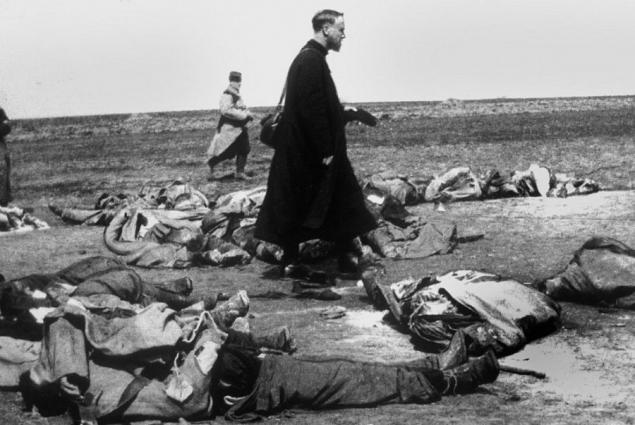
Military chaplain walks among the dead French soldiers on the Western Front. Archive Rue Des Archives, author unknown, 1914-1918

American soldiers preparing for the exercises with a gas mask. Archive Mary Evans, author unknown, 1917-1918
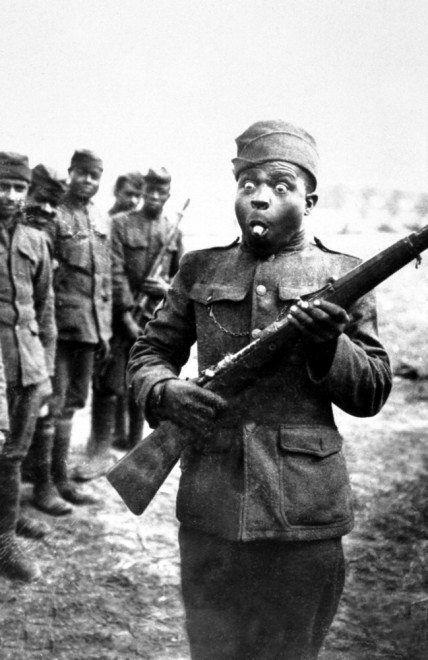
In the Great War was attended by many people, including those from the colonial territories involved in the conflict. The picture shows the Senegalese soldiers serving in the infantry of the French colonial army, ready to fight. All parties involved in the conflict drew soldiers from the colonies. France has mobilized 818,000 colonial troops, especially from Senegal and Algeria, among them 449,000 fought on French soil. Archive Rue Des Archives, author unknown, 1914-1918

French soldiers are going to storm the enemy trenches at Verdun. The Battle of Verdun was one of the bloodiest on the Western Front. Archive Mary Evans, author unknown, France 1916
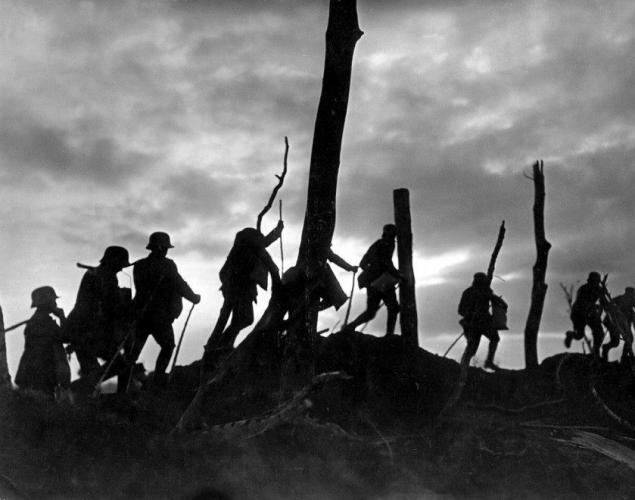
German soldiers carry rations to his comrades in the trenches on the Western Front line. Protein meals for the poor soldiers were frequent cause of discontent in the army. Archive Top Foto, author unknown, 1918
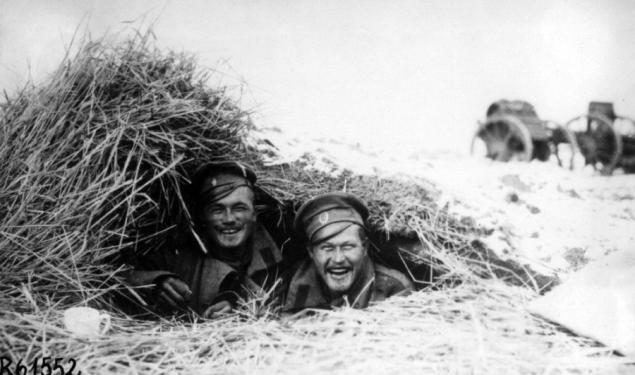
Two Russian soldiers smiling photos from the shelter on the Eastern Front. Archive Scherl / Suddeutsche Zeitung, author unknown, 1918
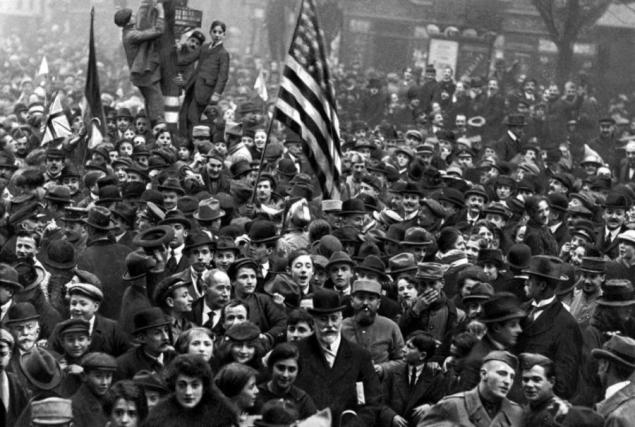
The crowd in the streets of Paris celebrates the armistice November 11, 1918, put an end to the war on the Western Front. Archive Rue Des Archives, author unknown
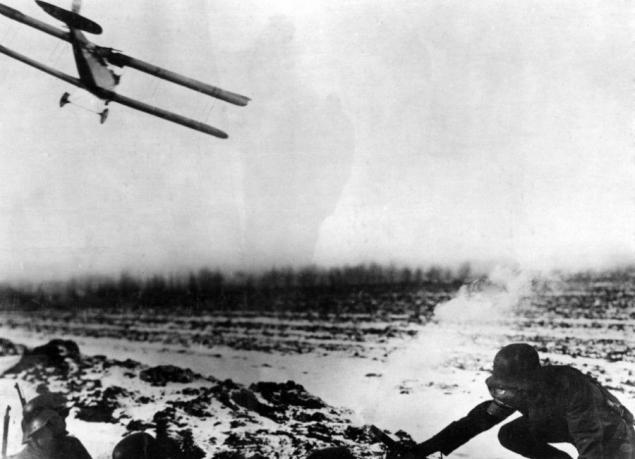
German aircraft container starts with a message for the soldiers on the front line during a gas attack. Archive Scherl / Süddeutsche Zeitung, author unknown, 1914-1918
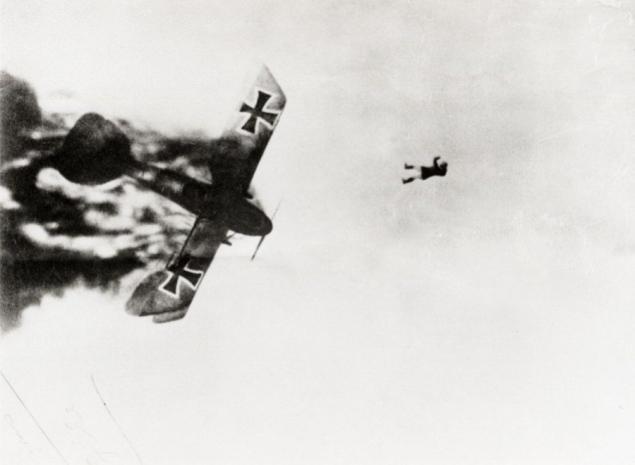
German pilot ejected from the cockpit downed British over the front line aircraft Albatross. Anonymous British pilot who took the picture said that he managed to shoot a German plane during the fall, out of the burning cabin which was thrown the body of the pilot. Archive SSPL, author unknown, 1914-1918
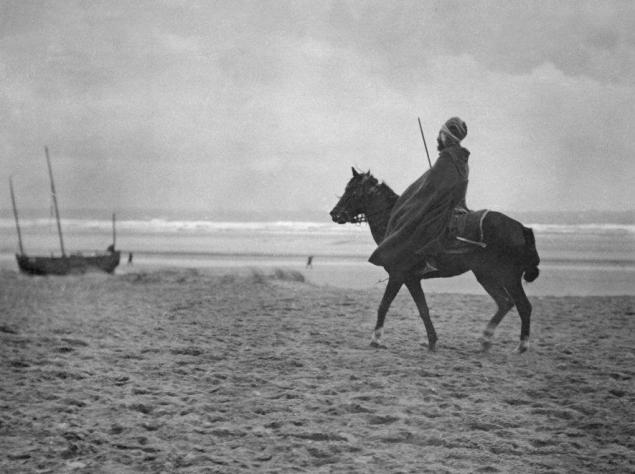
Algerian scout on horseback on the beach near the river Isère in Belgium. Archive Rue Des Archives, author unknown, 1914-1918
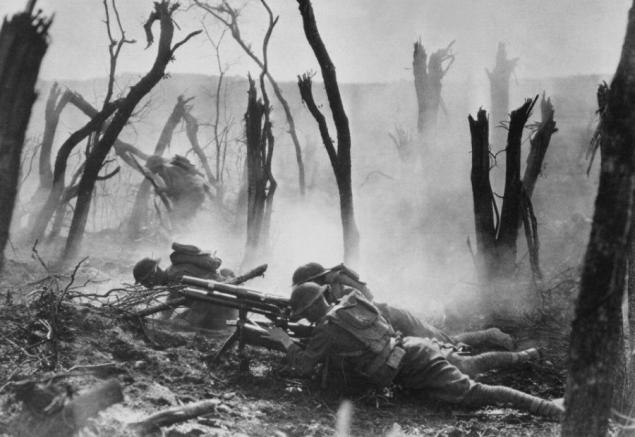
Gunners Infantry Regiment conduct a machine gun against the entrenched positions of the Germans on the Western Front. Archive Lightroom / Best Photos, author unknown, France 1918

British tank Britannia on Fifth Avenue. Technical progress during the First World War is unparalleled in history. In the first battles participated soldiers dressed in colorful uniforms surrounded by the cavalry of the nineteenth century. At the end of the war the troops were equipped with camouflage uniforms and helmets, troops advanced behind the tanks, with air support. Archive Heritage, author unknown, 1914-1918
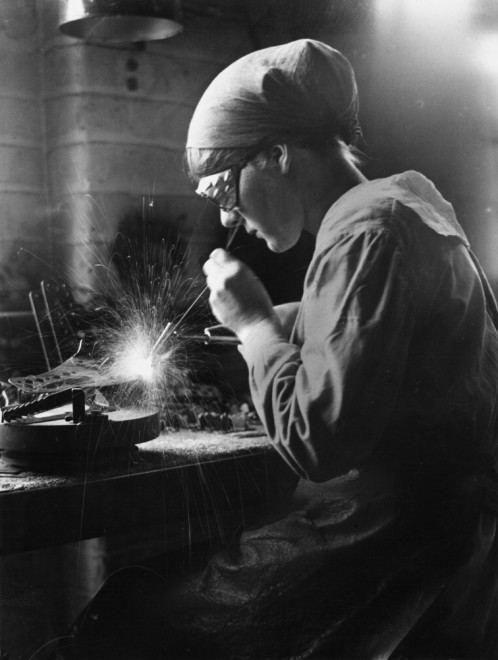
Women were supposed to replace the workers in the factories. In the photo the British worker in a factory producing parts for aircraft in the Midlands. Archive Mary Evans, author unknown, 1914/1918
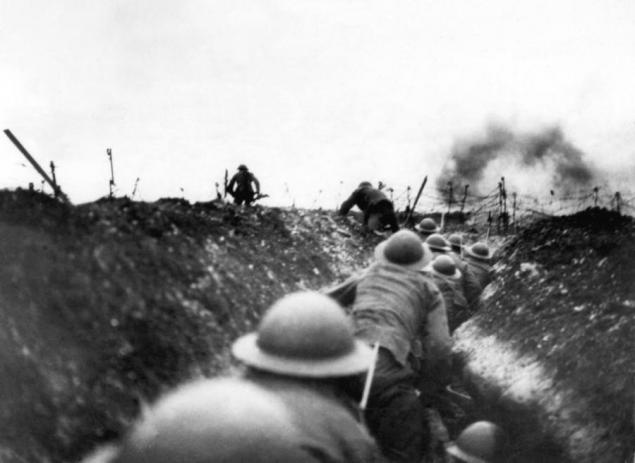
Attack British troops on the Western Front. Soldiers wait for their turn to get out of the trench under fire enemy bombs. Archive Top Foto, author unknown, 1914/1918
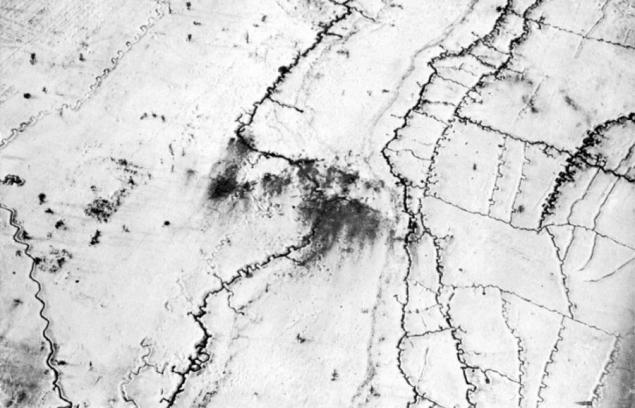
Photos of Italian and Austro-Hungarian positions. It looked like the trenches of the two armies bird's-eye view. Archive Scherl / Suddeutsche Zeitung, author unknown, Italy, 1917
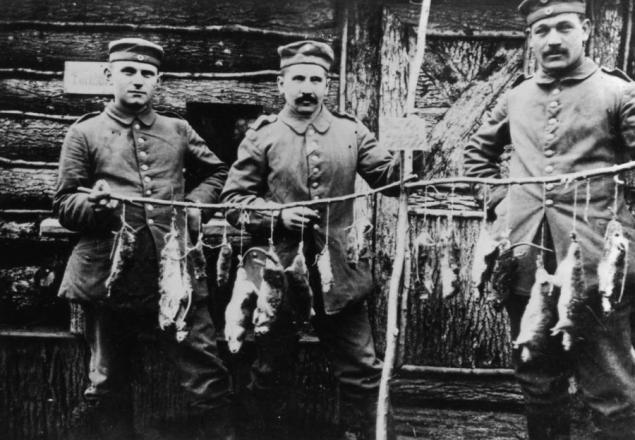
Three German soldiers after a night of hunting in the trench rats
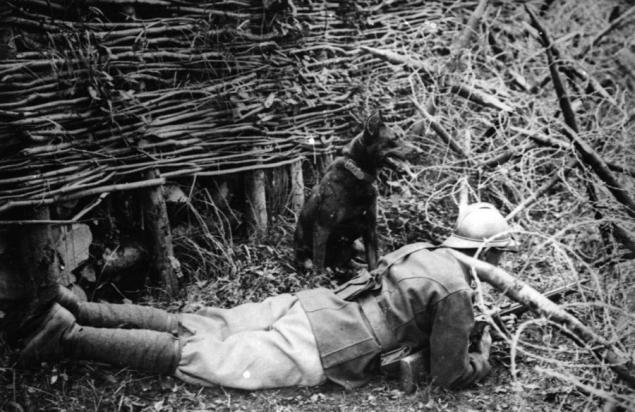
French sniper and his dog
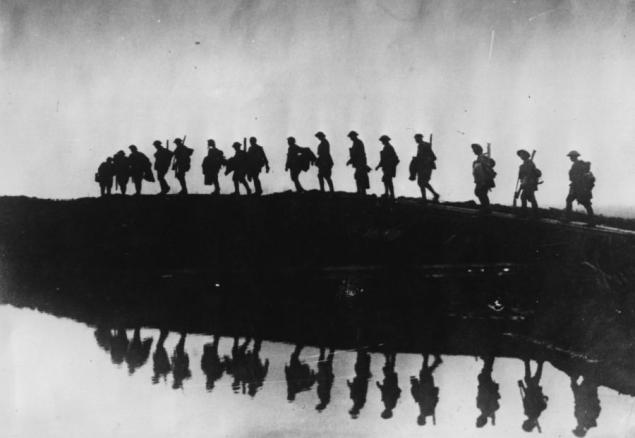
Australian soldiers near Ypres (Belgium)
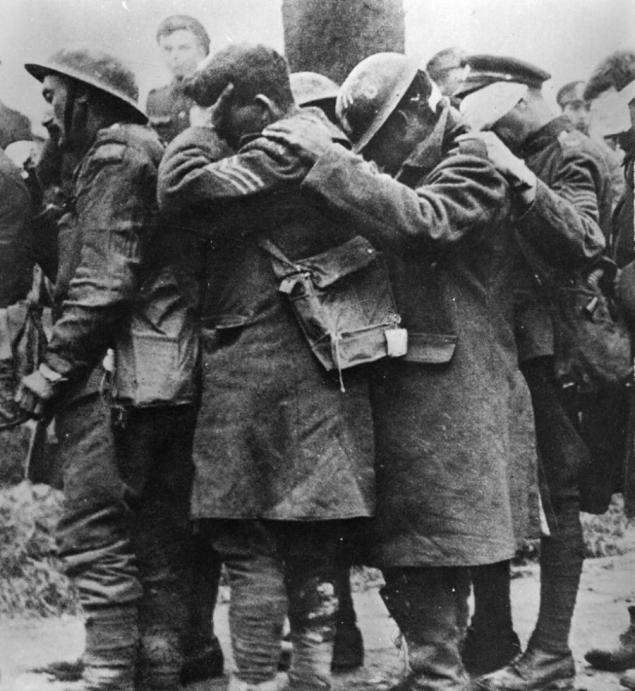
British soldiers poisoned the German gas attack mustard gas in Bethune (France)
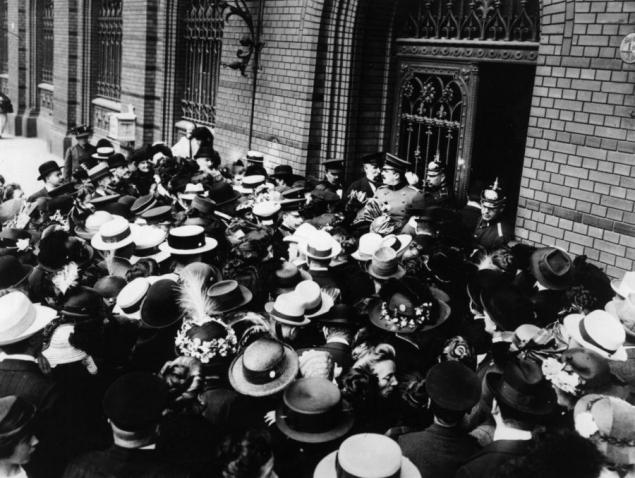
In Berlin, citizens are trying to get their money out of the bank after the declaration of war
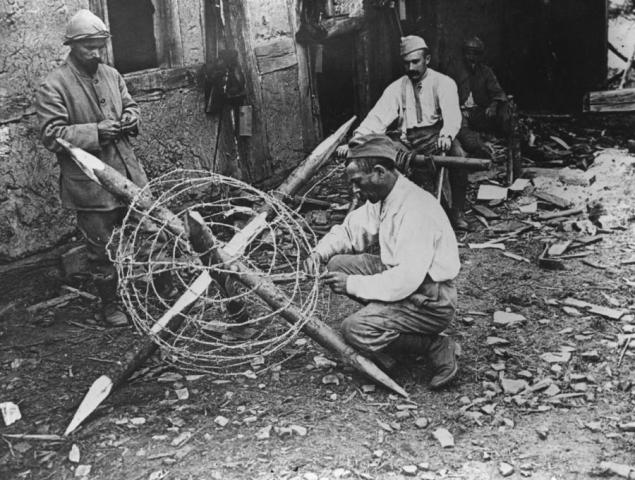
Jerzy with barbed wire for defense. The Battle of the Somme
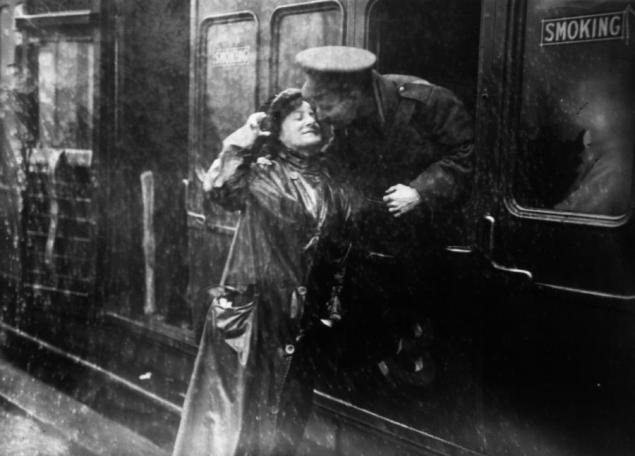
Seeing a soldier Victoria station (London)
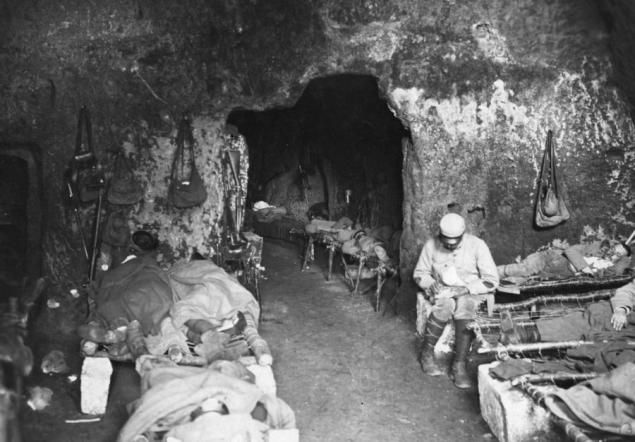
Soldiers in a cave in France
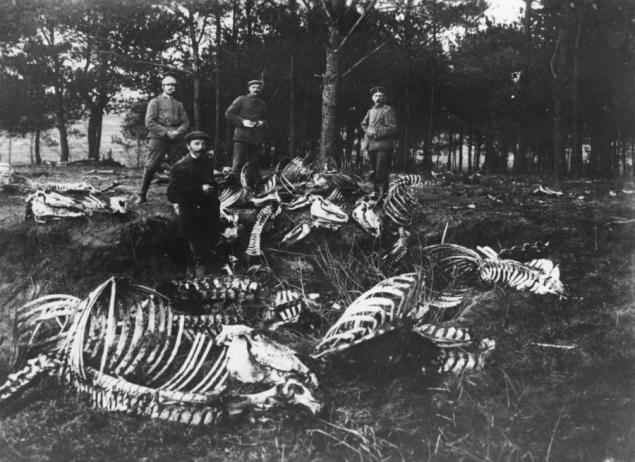
Skeletal remains of horses Slaviski (Poland)
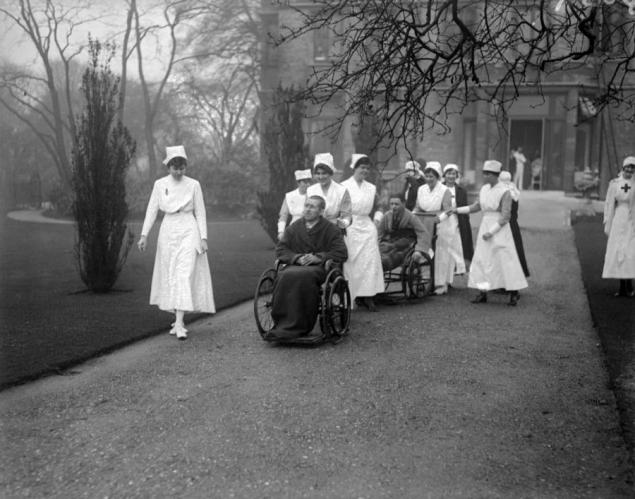
In Regent's Park in London. Red Cross nurses caring for patients

American soldiers
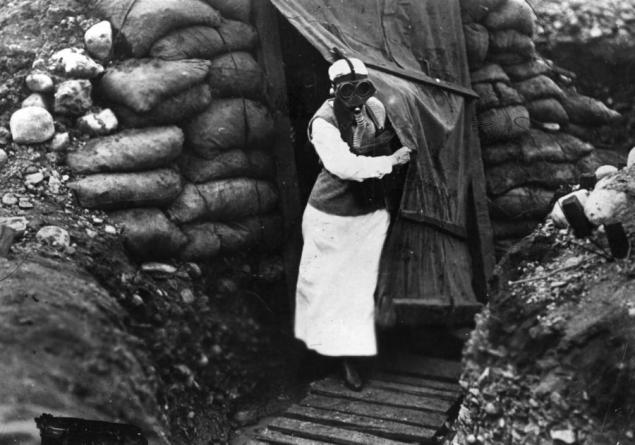
American nurse with a mask

German women make out the trash in postwar Germany
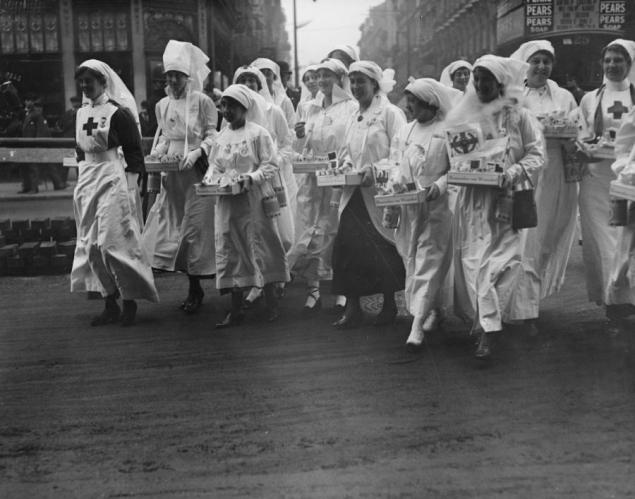
Nurse recruits hired to care for the wounded soldiers
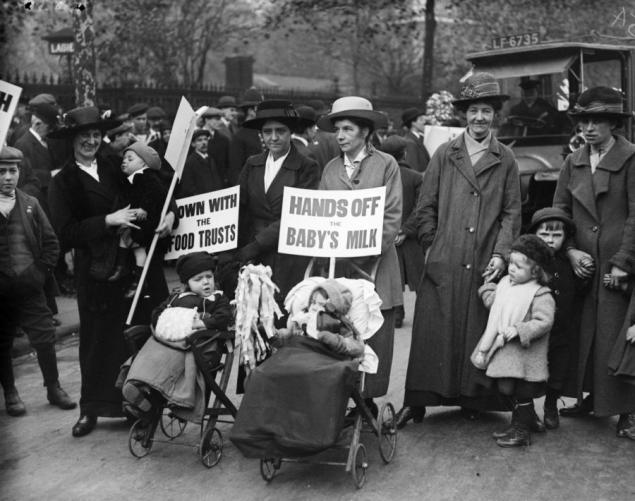
The protest in the UK due to the increase in milk prices
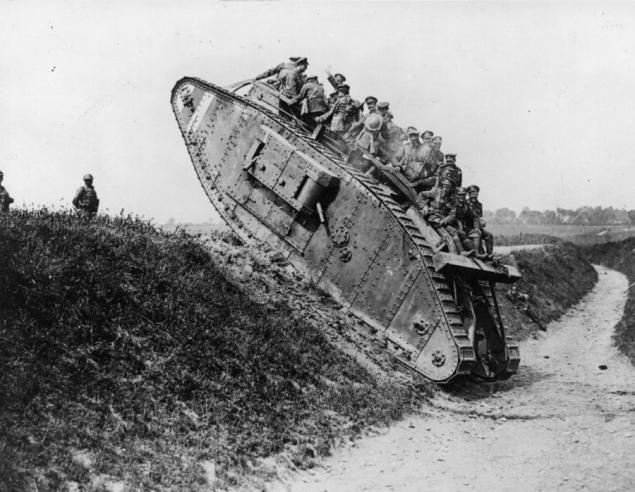
British soldiers in the tank

German soldier in a trench next to the dead body of the Frenchman in Fort Vox
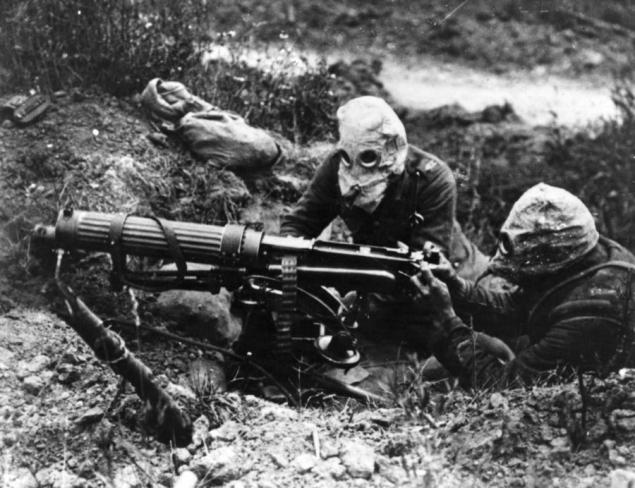
British soldiers in gas masks, on the first day of the Battle of the Somme
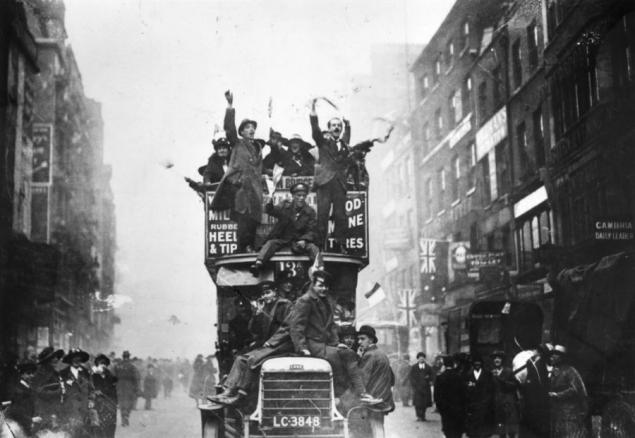
11 November 1918. Celebrating the end of the truce in the war
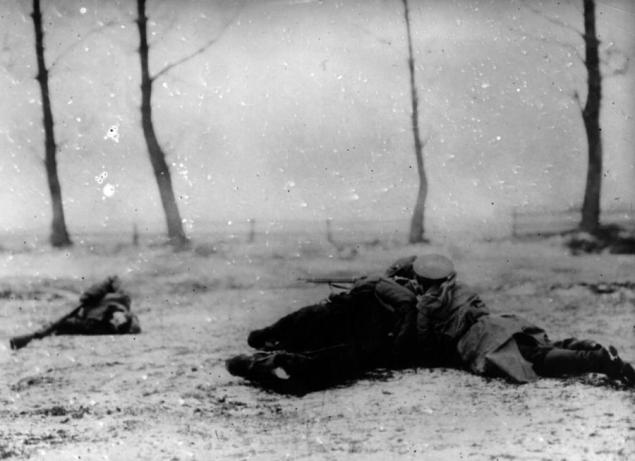
Russian soldiers hiding behind the horse's body
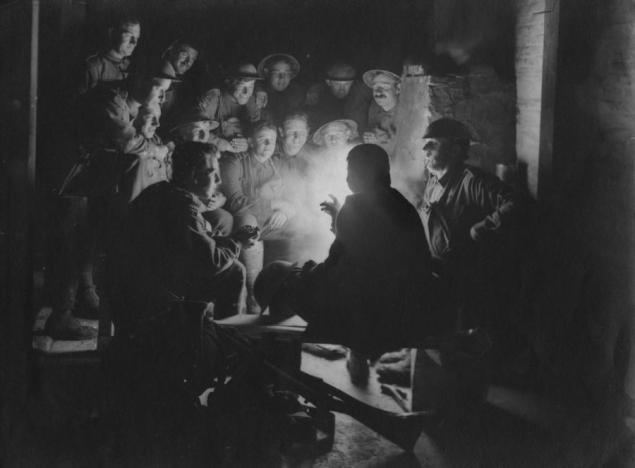
British soldiers sitting around a lamp in the dugout
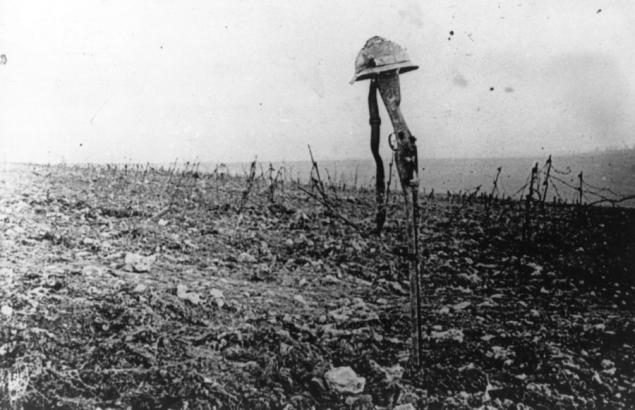
Tomb on the battlefield marked rifle and helmet French soldier at Verdun

Girl with her grandfather, the French refugees, the station Gare du Nord
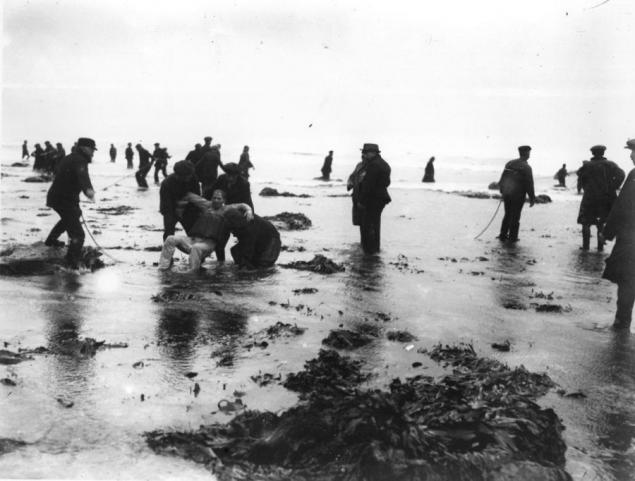
Survivors of a shipwreck at Scarborough
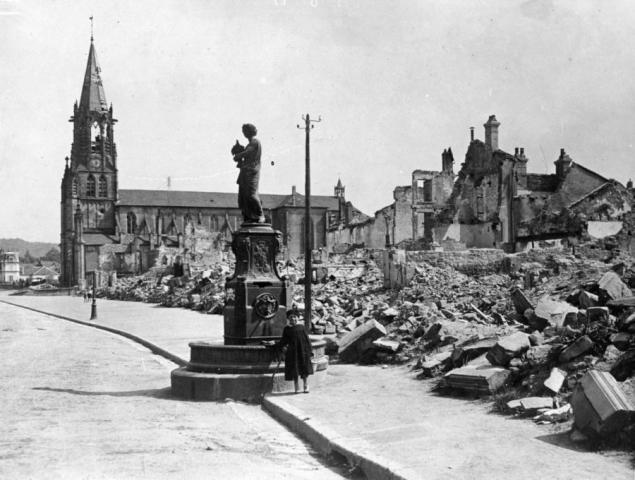
Ruined City: Baccarat (Lorraine, France)
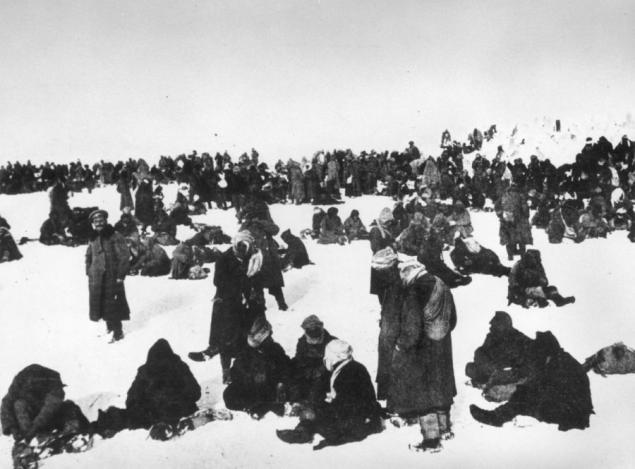
Turkish prisoners
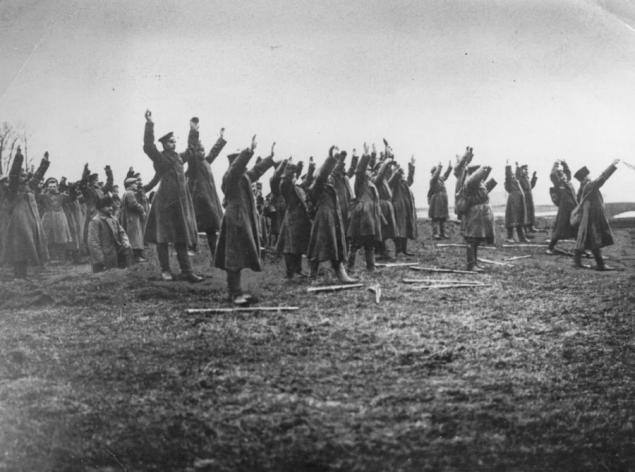
Delivery of Russian soldiers taken prisoner
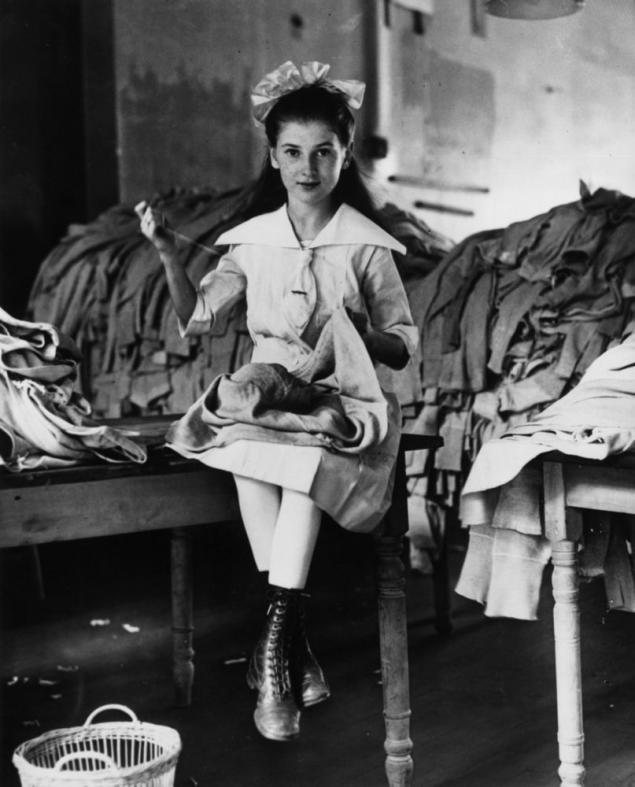
Young American repairing uniforms

Food norm in the UK: sugar, butter, meat, bread and cereals
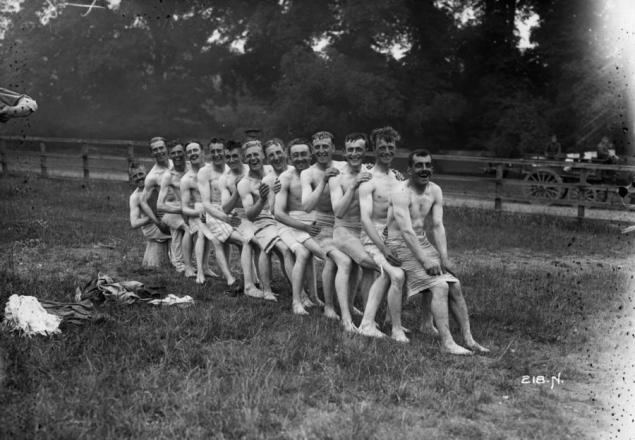
Joyful students, Saffron Walden (Essex)
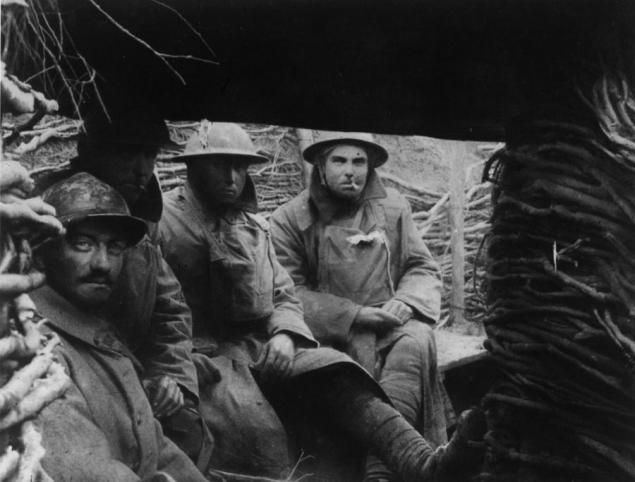
French and English in the trenches

British nurse during surgery in France
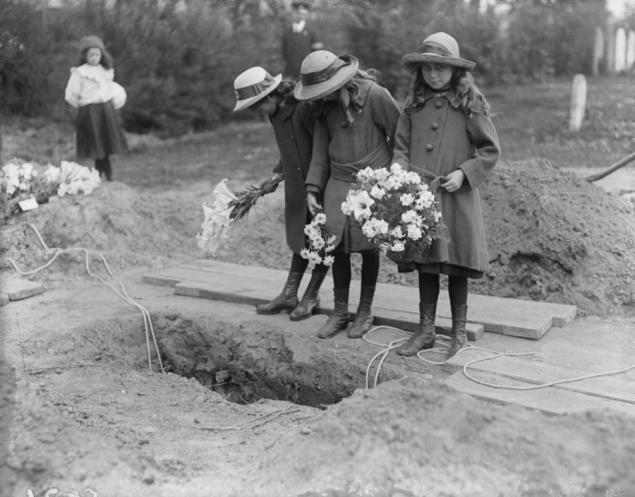
Schoolgirls with flowers at the grave of a soldier, Folkestone
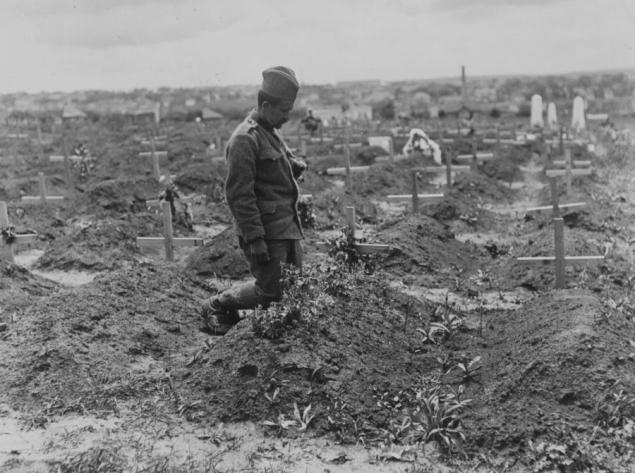
Serbian soldiers on the graves of their comrades
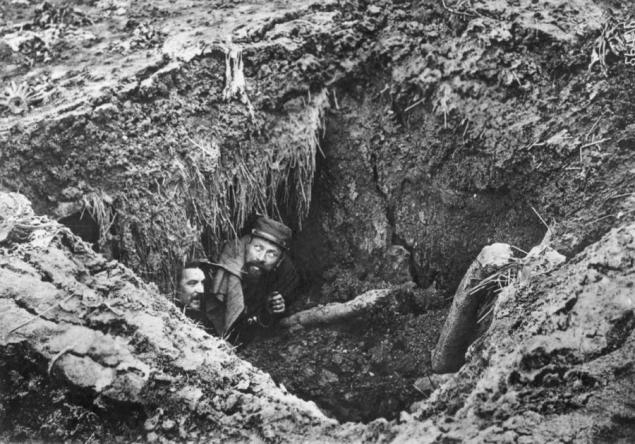
French soldiers under Arras
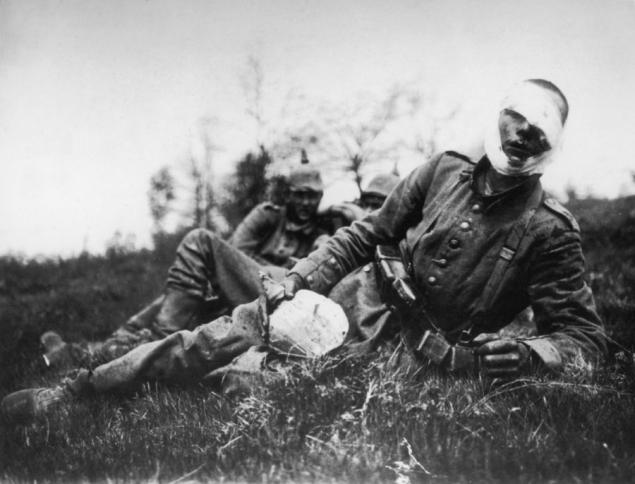
A wounded German soldier
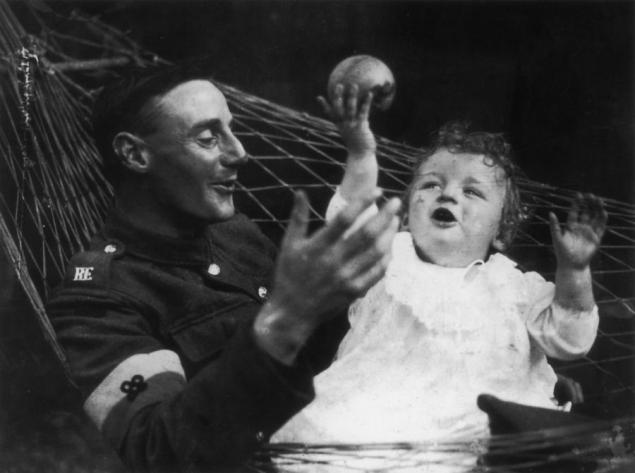
Soldier returning from the war, met with his little daughter
Technical progress during the First World War is unparalleled in history. The First World War has become a laboratory for testing new methods of warfare and new weapons. It is, in fact, became the last war, and where the ancient, medieval technology can be found on the battlefield, and where they were forced to compete with the latest developments. It was there, in the trenches and on the front lines of the First World War, the world has entered an era of rapid technological breakthrough in the field of armaments.
But, in 1914, was still not so obvious, and the soldiers were under the form of similarity medieval chain mail, which was supposed to protect them from bullets and artillery fire. In the first battles participated soldiers dressed in colorful uniforms surrounded by the cavalry of the nineteenth century. At the end of the war the troops were equipped with camouflage uniforms and helmets, troops advanced behind the tanks, with air support. Archive Mary Evans, author unknown, 1914-1918


British pilot manually takes off a bomb on the enemy during a mission on the Western Front. Habit of writing messages on bombs appeared during the First World War and survived to this day. Archive Top Foto, author unknown, 1914-1918

The crew of a German submarine U-35 takes a shower on deck during the summer heat in the Mediterranean. The use of submarines has become one of the most important technological innovations during the First World War. Archive Scherl / Suddeutsche Zeitung author unknown 1917

Volleys of fireworks from the ships of the allied fleet was given to prevent the Turkish population of the friendly intentions, during the passage of the Bosphorus Strait. Archive Mary Evans, author unknown, 1918

Spotlight is used to protect against enemy attacks on the Western Front. Archive Scherl / Süddeutsche Zeitung, author unknown, 1914-1918

French soldiers in the trenches in makeshift masks. Masks developed, manufactured and distributed to the troops only when it became clear that Germany makes extensive use of poison gas on the battlefield. Archive Heritage, author unknown, 1915

British and German officers in the "neutral zone" on Christmas Eve 1914 after the armistice. Such incidents were suppressed higher command. In 1917, there were numerous in Furano riots and rebellion in the ranks of the troops of the Entente. French courts convicted of mutiny 23,395 soldiers. Four were sentenced to death, 50 of them were shot, others were sent to forced labor in the colonies. Archive Mary Evans, author unknown, December 25, 1914

British soldiers bathed in Etaples, in the French rear, in between battles. Due to numerous rebellions within the French and British armies, soldiers were given better living conditions. Archive Top Foto, author unknown, France, June 1917

Children watch the passage of American troops of the 101st companies that carry ammunition through Soulosse-sous-Saint-Elophe in the northeast of France on the Western Front. Archive Mary Evans, author unknown, April 10, 1918

Military aircraft were first used during the First World War. Many pilots were aristocrats and adhere to the Code of knightly honor. The picture shows a German aircraft bombed French train loaded with ammunition at Verdun on the Western Front. Archive Rue Des Archives, author unknown, 1916

Military chaplain walks among the dead French soldiers on the Western Front. Archive Rue Des Archives, author unknown, 1914-1918

American soldiers preparing for the exercises with a gas mask. Archive Mary Evans, author unknown, 1917-1918

In the Great War was attended by many people, including those from the colonial territories involved in the conflict. The picture shows the Senegalese soldiers serving in the infantry of the French colonial army, ready to fight. All parties involved in the conflict drew soldiers from the colonies. France has mobilized 818,000 colonial troops, especially from Senegal and Algeria, among them 449,000 fought on French soil. Archive Rue Des Archives, author unknown, 1914-1918

French soldiers are going to storm the enemy trenches at Verdun. The Battle of Verdun was one of the bloodiest on the Western Front. Archive Mary Evans, author unknown, France 1916

German soldiers carry rations to his comrades in the trenches on the Western Front line. Protein meals for the poor soldiers were frequent cause of discontent in the army. Archive Top Foto, author unknown, 1918

Two Russian soldiers smiling photos from the shelter on the Eastern Front. Archive Scherl / Suddeutsche Zeitung, author unknown, 1918

The crowd in the streets of Paris celebrates the armistice November 11, 1918, put an end to the war on the Western Front. Archive Rue Des Archives, author unknown

German aircraft container starts with a message for the soldiers on the front line during a gas attack. Archive Scherl / Süddeutsche Zeitung, author unknown, 1914-1918

German pilot ejected from the cockpit downed British over the front line aircraft Albatross. Anonymous British pilot who took the picture said that he managed to shoot a German plane during the fall, out of the burning cabin which was thrown the body of the pilot. Archive SSPL, author unknown, 1914-1918

Algerian scout on horseback on the beach near the river Isère in Belgium. Archive Rue Des Archives, author unknown, 1914-1918

Gunners Infantry Regiment conduct a machine gun against the entrenched positions of the Germans on the Western Front. Archive Lightroom / Best Photos, author unknown, France 1918

British tank Britannia on Fifth Avenue. Technical progress during the First World War is unparalleled in history. In the first battles participated soldiers dressed in colorful uniforms surrounded by the cavalry of the nineteenth century. At the end of the war the troops were equipped with camouflage uniforms and helmets, troops advanced behind the tanks, with air support. Archive Heritage, author unknown, 1914-1918

Women were supposed to replace the workers in the factories. In the photo the British worker in a factory producing parts for aircraft in the Midlands. Archive Mary Evans, author unknown, 1914/1918

Attack British troops on the Western Front. Soldiers wait for their turn to get out of the trench under fire enemy bombs. Archive Top Foto, author unknown, 1914/1918

Photos of Italian and Austro-Hungarian positions. It looked like the trenches of the two armies bird's-eye view. Archive Scherl / Suddeutsche Zeitung, author unknown, Italy, 1917

Three German soldiers after a night of hunting in the trench rats

French sniper and his dog

Australian soldiers near Ypres (Belgium)

British soldiers poisoned the German gas attack mustard gas in Bethune (France)

In Berlin, citizens are trying to get their money out of the bank after the declaration of war

Jerzy with barbed wire for defense. The Battle of the Somme

Seeing a soldier Victoria station (London)

Soldiers in a cave in France

Skeletal remains of horses Slaviski (Poland)

In Regent's Park in London. Red Cross nurses caring for patients

American soldiers

American nurse with a mask

German women make out the trash in postwar Germany

Nurse recruits hired to care for the wounded soldiers

The protest in the UK due to the increase in milk prices

British soldiers in the tank

German soldier in a trench next to the dead body of the Frenchman in Fort Vox

British soldiers in gas masks, on the first day of the Battle of the Somme

11 November 1918. Celebrating the end of the truce in the war

Russian soldiers hiding behind the horse's body

British soldiers sitting around a lamp in the dugout

Tomb on the battlefield marked rifle and helmet French soldier at Verdun

Girl with her grandfather, the French refugees, the station Gare du Nord

Survivors of a shipwreck at Scarborough

Ruined City: Baccarat (Lorraine, France)

Turkish prisoners

Delivery of Russian soldiers taken prisoner

Young American repairing uniforms

Food norm in the UK: sugar, butter, meat, bread and cereals

Joyful students, Saffron Walden (Essex)

French and English in the trenches

British nurse during surgery in France

Schoolgirls with flowers at the grave of a soldier, Folkestone

Serbian soldiers on the graves of their comrades

French soldiers under Arras

A wounded German soldier

Soldier returning from the war, met with his little daughter
The best pictures of the medium!
The isolation of the island - a guarantee of having his terrible secret.



